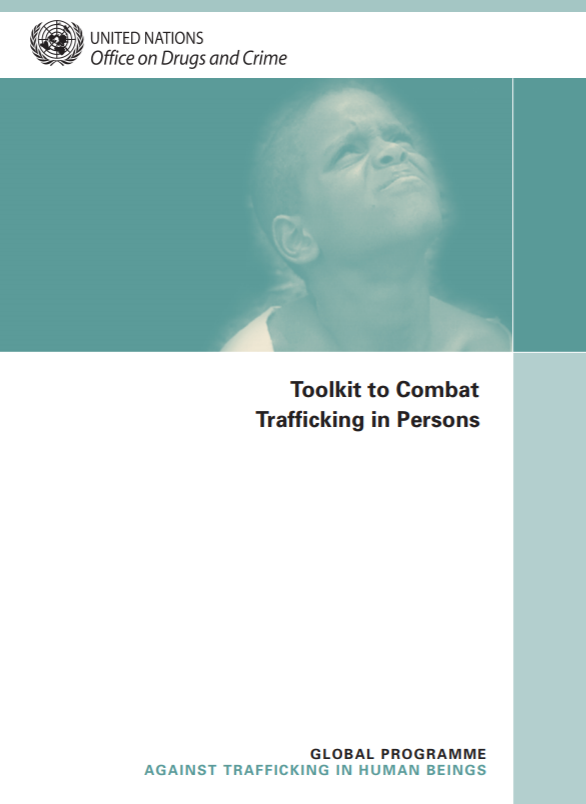From a vicious to a virtuous circle: Addressing climate change, environmental destruction and contemporary slavery
GuidanceRight now, climate change is negatively affecting many of the most vulnerable people in the poorest countries in the world. A combination of sudden-onset disasters and slow-onset events are having a destabilising effect on urban and, in particular, ...Read More

